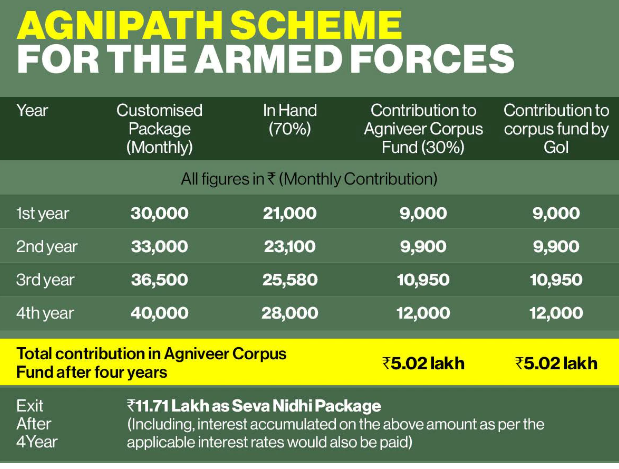7667766266
enquiry@shankarias.in
Recently, government’s ambitious Agnipath scheme has faced opposition from political parties and armed forces veterans.
